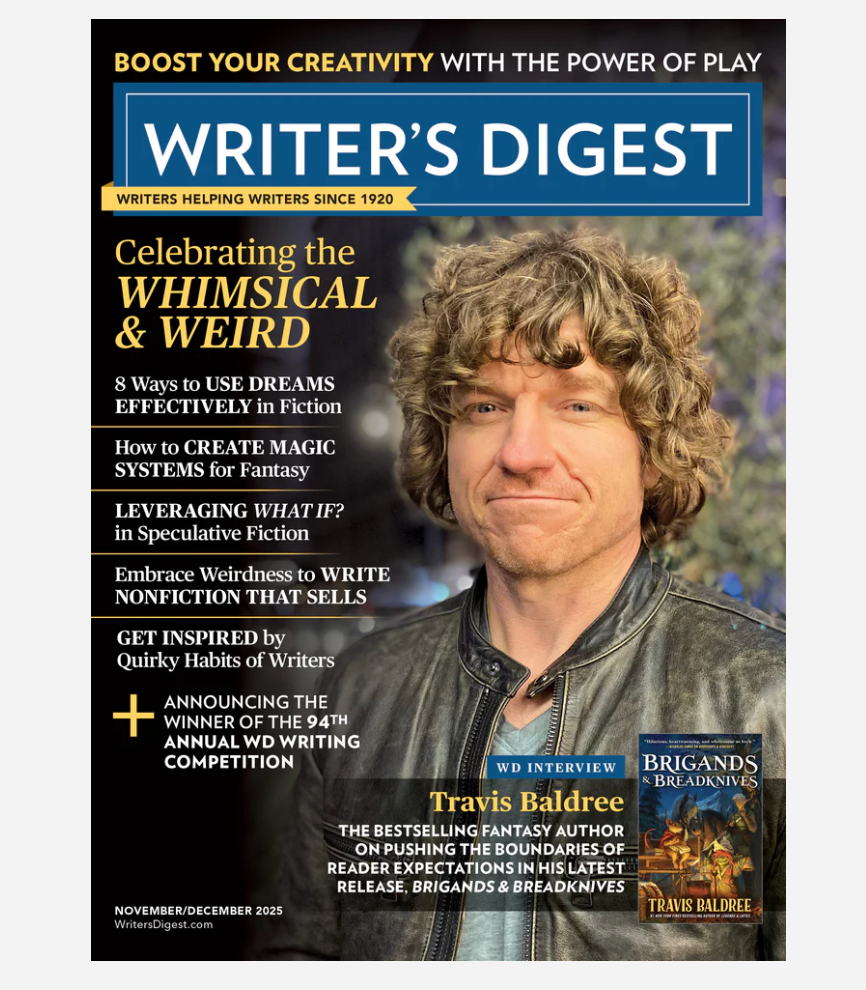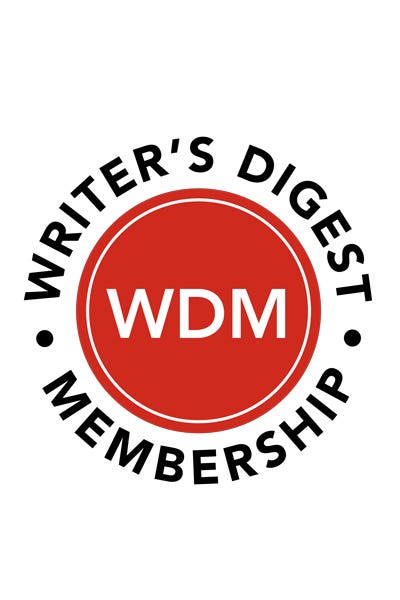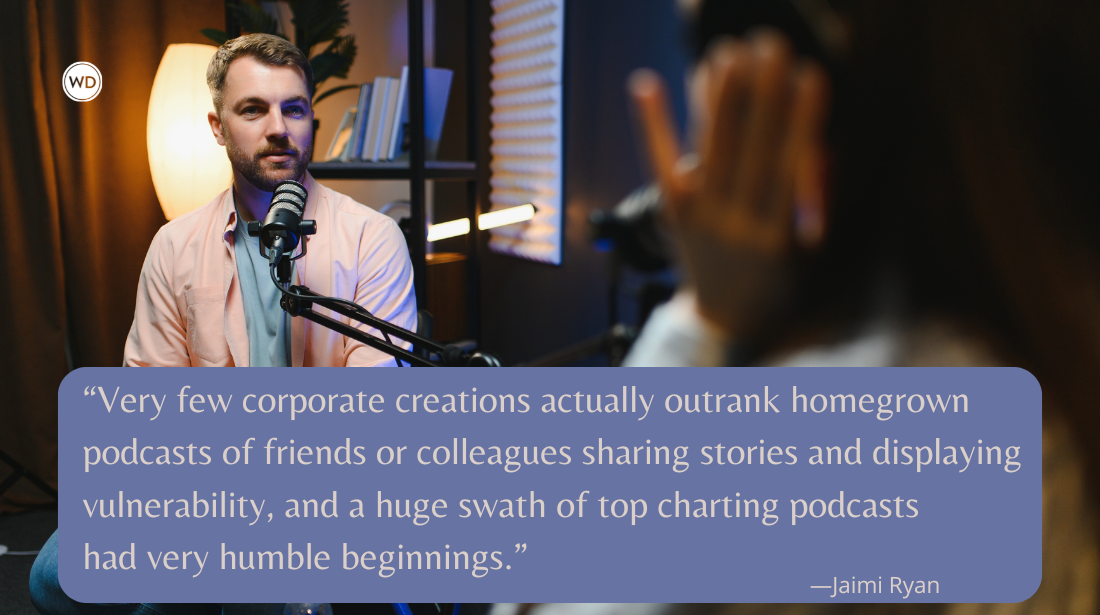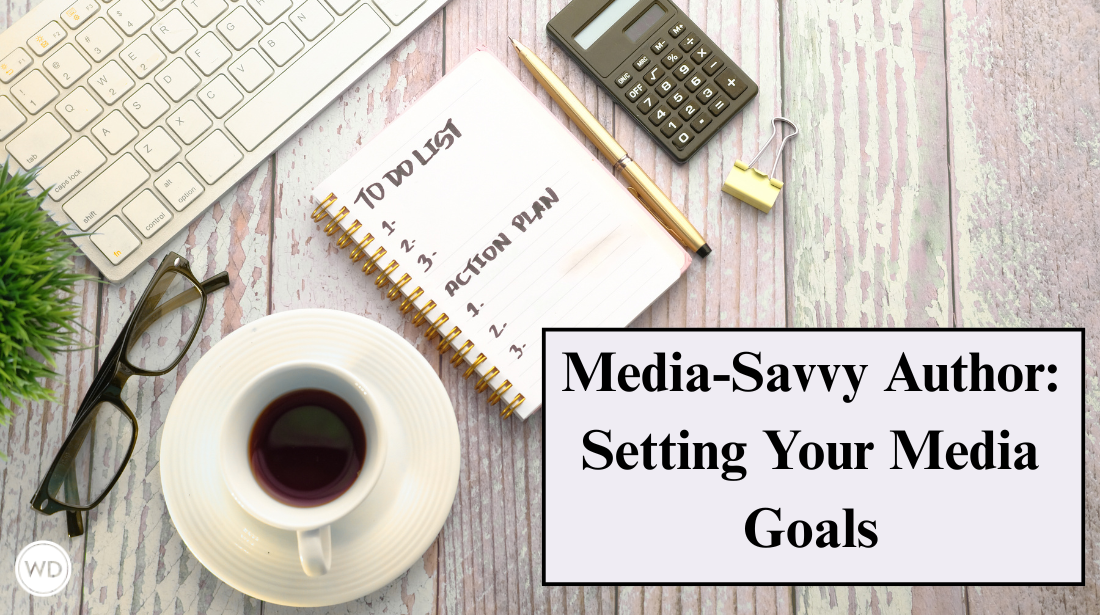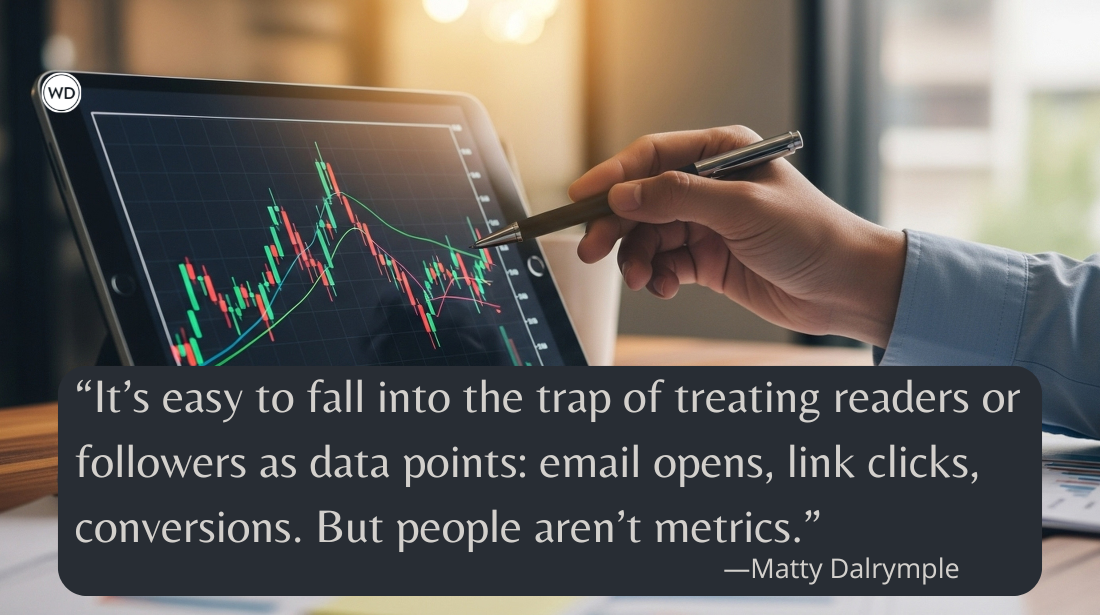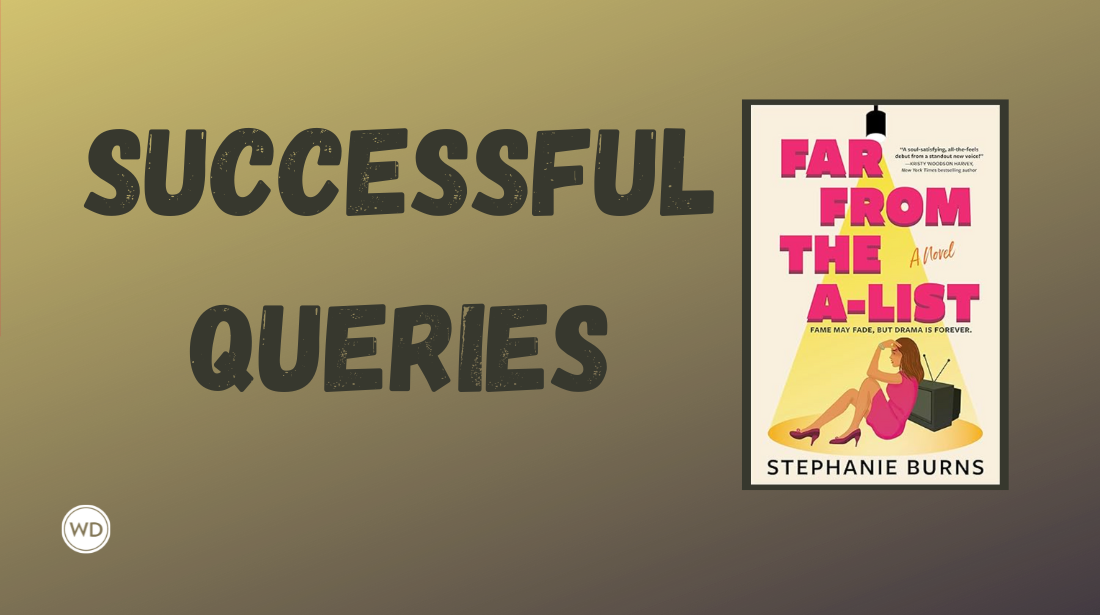How to Talk Money With Editors
Author Laura Goode shares strategies for writers on how to talk money with editors who want to publish their writing.
(Editor's note: This is an excerpt from Laura Goode's business-of-writing handbook Pitch Craft used with permission of the publisher Ten Speed Press.)
I talk about money more eagerly and often than most artists, maybe than most people. It’s understandable to wonder why any of us should bother with the boring business of bean-counting when we have limited, valuable time to devote to our art itself. I vastly prefer nurturing my creative process to sending invoices or filing taxes. However, I staunchly reject the popular conception of authors as flaky, flighty alcoholics who can’t be bothered with financial realities. I make it a point to talk about money because my upbringing and education in largely white-dominated environments offered me a certain measure of financial literacy, and thus I consider the candid sharing of financial literacy tools to be an act of class and race rebellion. It is only the people born too rich to ever worry about food insecurity who have the privilege of considering financial discussions unseemly. So let’s talk about the negotiation skills writers need!
First, unless the publication specifies a standardized, nonnegotiable rate, you absolutely do not have to accept an opening offer. You may not always succeed in negotiating your rate upward, but I contend that it’s always worthwhile to try. If the editor offers $50 for a two-thousand-word reported piece, you are perfectly entitled to write back and say something like “For something of this length/depth, $250 would be closer to what I’d imagined,” or even “I really can’t take less than $400 for something like this.” You may or may not get the exact rate you name, but I’ve found that many reputable editors can be negotiated up.
I also think there’s an unwritten rule at play here: Inexperienced writers are less likely to negotiate, and experienced editors know this. Therefore, you stand a greater chance of being taken seriously as a professional simply by demonstrating that you’re willing and able to negotiate for yourself. Negotiation is a form of skilled self-advocacy, and you’ll get better at it the more you do it—so do it.
Broadly speaking, you’re in the stronger negotiating position if you let the other party open with a first offer—this editor knows how much they can afford to offer and you don’t, so you don’t want to undercut yourself by quoting $200 in case they were going to offer $400 before you opened your big mouth. Let your editor name the first figure. Don’t be afraid to answer questions with questions: If an editor says, “What’s your rate?,” you can always respond with “What do you typically pay for pieces like this?” It can feel uncomfortable to hold the line like this, but it can also yield results.
99.9 percent of the communication you’ll ever have with editors will take place by email. So to negotiate by email, I’ve named my operative principle here the “triangulated email.” Picture an upside-down pyramid or Dwayne Johnson’s silhouette: Most of the bulk is at the top, then it narrows. You want the shape of your email to get the editor as invested as possible in how beneficial you and your work will be to them and their publication, and then you want that investment to result in a maximized rate.
The opening paragraph of your triangulated email leads with all the great work you’re going to do in this piece for this editor:
“Hi [editor], I was so excited to get this response. I’m really intrigued by your feedback on X and could imagine incorporating it in YZ specific and compelling ways. Yes, I think the timeline you propose is completely reasonable—I can get a draft to you by [deadline the editor suggested], if not sooner.”
Then, after you’ve whipped the editor into thrills over how easy and fun it will be to collaborate with you, you conclude with a brief, piercing appraisal of your work’s value.
“In order to prioritize this over other work, I’ll need $X.” Or “To give this story the research and reporting it deserves, I really can’t take less than $X.” Or “Actually, I was recently paid [$200 more than the editor offered for a story of similar length and depth. Could you meet me at [increased rate]?”
When naming rates, be very clear, direct, and brief. Equivocations and niceties in this section of the email will only weaken your position. Never name more than one figure—“Um, I was really hoping for $300–$400 for this, but if $150 is the best you can do, I understand”—because decision-makers will latch onto the lowest figure. Don’t ramble beyond your price quote; name your figure and get out.
In other words, your triangulated email to an editor who’s expressed interest in your piece is one line about how excited you’d be to work with them, one paragraph intelligently responding to their specific concerns and making yourself seem enthusiastic and indispensable, and then one sentence on price negotiation at the end. Signature. Send.
Here’s how this might read:
“Dear [editor],
This email absolutely made my day. Thank you so much for this swift and positive response. I can’t wait to hit the ground running with this story.
I think you make a strong point about how this story needs more than two interviews to present a balanced view; in addition to the sources I suggested in my initial pitch, I could imagine interviewing a contact I have at Reuters (an old friend who owes me about ten favors) and asking them to refer me to three to five other people. And yes, I think the timeline you propose is completely reasonable; I can get a draft to you by the end of the month, if not sooner. I’ll also plan to share docs of my source interviews between now and then so you stay apprised of where I’m headed with this. I’m already so appreciative of your feedback!
To prioritize this writing and reporting over other work, I don’t think I can take less than $500. Could you meet me there?
All best,
L.”
Do not assume that the editor will bring up the subject of payment, or that if they don’t bring it up, there’s no compensation available. Compensation should always be discussed after acceptance of the pitch and before publication of the story. This holds true even if you have to be the person to raise the subject. I mean, if you never bring it up, they never have to pay you, right? If the prospect of asking for money makes you uncomfortable, you’re in great company: Very few writers choose this profession on the basis of a passion for economics.
Previous payment information—either what you’ve been paid at other publications for a similar assignment or what you know other people have been paid at this publication—is your best friend and biggest point of leverage in negotiation. Consult whopayswriters.com for payment information on any publication you’re considering, ask your friends what they made from specific publications, and ask for rates commensurate with what you’ve made for similar pieces elsewhere in the past. Another helpful rubric is the editorial rates listed by the Editorial Freelancers Association, which outline reasonable rates by page, word, and hour.
I can name far too many poets fielding six-figure student loan tabs, too many novelists shocked to owe 30 percent of their book advance to the government on April 15, and too many essayists regretful about selling the most personal details of their trauma for $150 to pretend that economic savvy has no bearing on artistic viability. Talk about money with your friends, ask for more of it when editors respond positively to your pitches, and remember: Fortune favors the bold.
Check out Laura Goode's Pitch Craft here:
(WD uses affiliate links)


